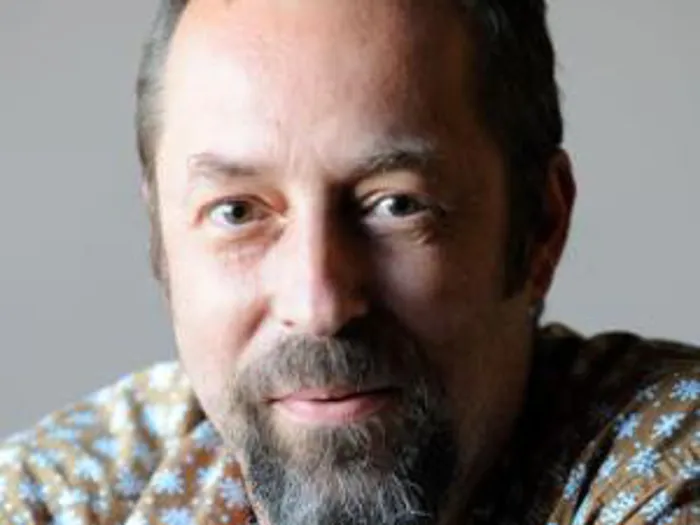Create more evolving, adaptable city ecosystems

Rory Williams
It’s the end of the day on a Friday and I’m soaking in the vibe on Greenmarket Square. Somehow it feels laid-back, despite the activity of stall holders packing up and commuters walking past on their way to the station, and a few tourists deciding where to go next. It’s town the way I enjoy it.
Someone sitting at an outdoor restaurant table calls out to a passerby as she realises they know each other from somewhere, and figure out the connection.
Earlier in the day I heard about another serendipitous moment when I met two young women at the co-working space at 75 Harrington Street.
Melissa Sikosana is a Zimbabwean chemical engineer who recently completed an MSc in environmental process engineering at UCT, and Melissa Oosthuizen is a South African interior designer.
The two met because this place, as Steven Harris explains, is “not just a co-working space”.
Steven owns the building next door – The Bank – and manages 75 Harrington Street on behalf of the Cape Craft and Design Institute. His family has a history in this part of the city, and the way he describes his work with these buildings, he sounds more like an investor in people than an investor in property.
You might call him a facilitator, someone who enjoys bringing people together to network and share ideas.
But that makes it sound too technical, too calculated, too driven by a predetermined vision or a paying client. I’d call him a curator of experiences. Because what he is doing is definitely deliberate, but he says he hasn’t figured out the endgame yet.
Instead of starting with a business plan for a co-working space, he started with the people who enter the orbit of Harrington Street and homed in on those who “get it” as the basis of some sort of community. Melissa and Melissa are examples, seeing the building as something more than a shared workspace.
Steven says he found it hard going until the mix in this little community included people such as Melissa Sikosana, who brings the enthusiasm of youth and the discipline of engineering. Not that the other members are a bad fit – they include Heath Nash of the Maker Library, and Sheryl Ozinsky of the Oranjezicht City Farm – but it would benefit from a wider range of people who complement one another.
The two Melissas are a complementary pair who met each other the day before I met them, and already they were tossing around ideas about buildings and their occupants as systems, just as nature itself is a complex system.
On the ground floor of 75 Harrington Street is a salad bar. On the roof of The Bank, vegetables are growing. A nearby building has honeybees. In the spaces between, people are thinking, talking, eating and peeing. Yes, I said peeing. Everything that happens in and on and around a building – including bodily functions – can be thought of as part of an interconnected system.
These women say we should be designing to make the most of that system. It’s not technically difficult. Melissa Sikosana talks about other countries that add magnesium to urine to create fertiliser from the chemical reaction, and how clusters of buildings could be connected to do this in a treatment plant.
City districts could be set up to manage the flow of nutrients in an integrated cycle that benefits us and the environment.
One challenge is the regulations that make it difficult to put such systems in buildings. Another is the cultural aversion to using human waste. “It kills me,” says Melissa Oosthuizen, “that people will eat things containing unpronounceable artificial chemicals, but they will avoid food fertilised with naturally treated waste.”
The other Melissa shows me sketches of an idea for a wall-mounted grey water treatment system that could increase awareness of these processes that normally happen out of sight.
They talk enthusiastically about creating ways to trade or sell more of the resources around us. Energy, nutrients, water, heat… these could be of economic value to more people if they had the right tools to capture that value.
This co-working space is an adaptable ecosystem that evolves in response to the needs and inputs of its members. With curiosity and a willingness to experiment, you have the catalysts for learning and improving. That, surely, is how to ensure that buildings, districts and cities are enriching to those who use them.